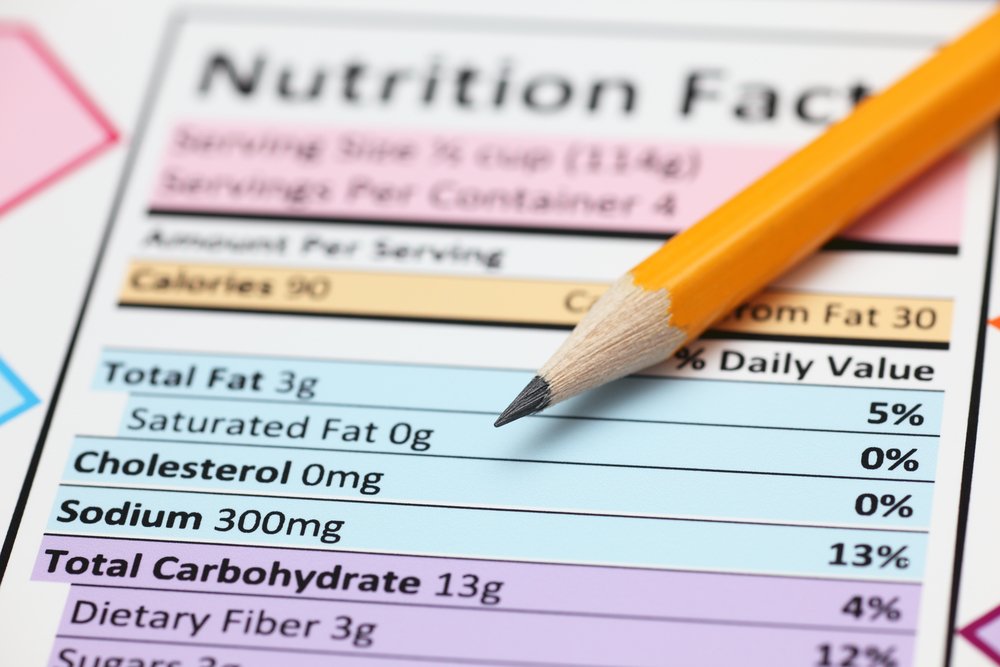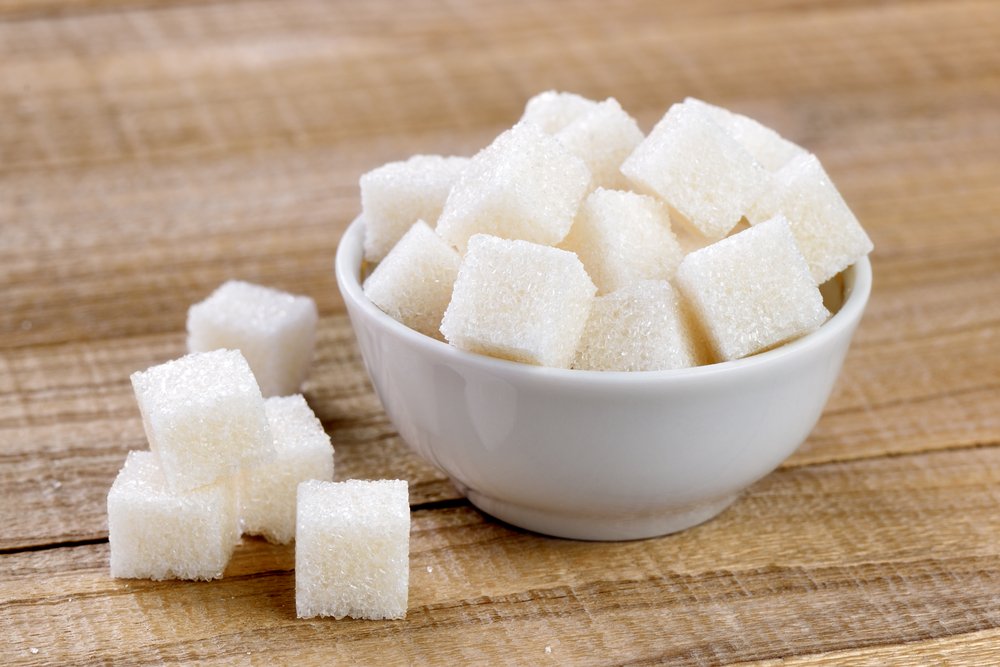Nutrition Labels: A Comprehensive Guide to Choosing Healthy Foods

For many of us, nutrition labels help guide our food purchasing decisions. We often check them when we're trying to cut down on unhealthy fats or sodium as well as ensuring we get the daily recommended intake of vitamins and minerals. Reading nutrition labels properly can be tricky, however. In 2016, the Federal Drug Administration (FDA) updated nutrition labels to help consumers make more informed choices. Let's have a closer look at some common nutrition label considerations.
Serving Size

Serving size is important. This number will tell you the amount of food in one serving. All the other information on a nutrition label corresponds to this serving size. For example, if you have a 500 mL bottle of fruit juice, but the label lists nutrition facts for a 250 mL serving size, you need to double the numbers in order to know how much you're actually consuming.
Calories Per Serving
The calorie count refers to how many calories there are in a single serving. If your can of soup has 140 calories for a 125 mL serving, but you ate the entirety of a 250 mL can, you consumed 280 calories. Take note of how many servings there are in your food and adjust the calorie count accordingly.
Good and Bad Fats

Nutrition labels also include the total grams of fat per serving. This category is broken down by type of fat: trans, saturated, monounstaturated, and polyunsaturated. Ideally, you should reduce your intake of trans and saturated fats; the American Heart Association recommends consuming no more than 13 grams of saturated fat and little to no trans fat per day. Monounsaturated and polyunsaturated are healthy fats, which can lower the risk of many diseases, so don't be too concerned if you see these fats pop up on a nutrition label.
Sodium
As with other listed nutrients, the number of milligrams of sodium on a product's nutrition label is per serving. If you're eating more than one serving, calculate the sodium content accordingly because it may be more or less than what you expected. The Dietary Guidelines for Americans recommends that adults eat less than 2,300 milligrams of sodium per day, and many processed foods contain high levels of sodium, so it's important to pay close attention to this number.
Added Sugars

One of the most significant changes to nutrition labels is the added sugars portion. This indicates how many grams of sugar has been added in—covering a portion of total sugars. The American Heart Association recommends that Americans consume no more than half of their discretionary calories per day. That equals approximately six teaspoons for women and nine teaspoons for men.
Vitamins and Minerals
Under FDA regulations, certain nutrients including potassium, calcium, vitamin D, and iron must be listed on the nutrition label. Manufacturers also have the discretion to include nutrient amounts in addition to the daily values (DV) percentage.
Daily Values

Daily values (DV) are based on a 2,000-calorie diet. Each DV refers to the percentage of nutrient per serving that you need each day. Labels note that the percentages will vary based on your individual caloric need. According to the FDA, a DV of 5% is low and a DV of 20% is high. Aim to find foods that have a higher DV for vitamins and minerals and a lower DV for unhealthy fats, sodium, and cholesterol.
Ingredients
To determine the health value of a product, here's a good rule to follow: look for labels that list fewer than 10 ingredients (not including spices and herbs). Also, if sugar is included it should be towards the end. Ingredients are listed in order of prominence, so those at the top of the list will have higher amounts than those at the bottom.
Learning how to read a nutrition label properly will help you make wise decisions about the food you buy and eat. Follow this guide and you'll be a nutrition label expert in no time.
Photos: Ekaterina_Minaeva / Shutterstock.com, Arina P Habich / Shutterstock.com, Krzysztof Puszczyński, windu / Shutterstock.com, Cecilia Par
Healthy Eating
- Healthy Snacks
- Healthy Highlights
- 5 Uses for Cacao Powder
- 5 Ways to Eat Farro
- 6 Best Gluten-Free Foods
- Alcohol and the Body
- Almond Flour Recipes
- Anti-Aging Superfoods
- Beat the Afternoon Slump
- Benefits of a Plant-Based Diet
- Benefits of Baobab
- Benefits of Cashews
- Benefits of Coconut Oil for Hair
- Benefits of Coconuts
- Benefits of Dates
- Benefits of Fenugreek
- Benefits of Garcinia Cambogia
- Benefits of Goji Berries
- Benefits of Kale Chips
- Benefits of Monk Fruit Sweetener
- Benefits of Peanuts
- Benefits of Pecans
- Benefits of Pistachios
- Benefits of Pumpkin Seeds
- Benefits of Spelt Flour
- Benefits of Steel Cut Oats
- Benefits of Sunflower Seeds
- Benefits of Tiger Nuts
- Benefits of Turmeric
- Benefits of Walnuts
- Benefits of Wheatgrass
- Best Food Fads
- Cacao vs Cocoa
- Caffeine-Free Energy Foods
- Chocolate That's Good for You
- Diet vs. Exercise
- Fat Burning Foods
- Food Myths Debunked
- Foods for Bone Density
- Foods for Colon Health
- Foods for Healthy Hair
- Foods for Healthy Skin
- Foods to Help Sleep
- Foods to Reduce Stress
- Green Tea Benefits
- Healthy Baking Flours
- Heart Healthy Habits
- High Protein Health Risks
- How to Boost Your Metabolism
- How to Lose Weight While Aging
- How to Throw a Vegan BBQ
- Kaniwa vs Quinoa
- Little Health Foods
- Low-Carb: Fad or Friend?
- Making Healthier Desserts
- Mediterranean Diet Meal Plan
- Natural Beauty Products
- Nuts for Weight Loss
- Preparing Vegan Meals
- Preventing Muscle Degeneration
- Rare Superfoods
- Reduce Sugar Intake
- Save Time By Going Vegan
- Smarter Snack Swaps
- Smoothie Ingredients
- Soy Protein vs Whey Protein
- Starting a Plant-Based Diet
- Steel Cut vs Rolled Oats
- Sugar Substitutes
- Vegan Proteins
- Vegan Substitutions for Fall Recipes
- Why Go Vegan
- Healthy Meals
- Healthy Recipes
- Sports Nutrition
- Vitamins, Minerals & Nutrients
